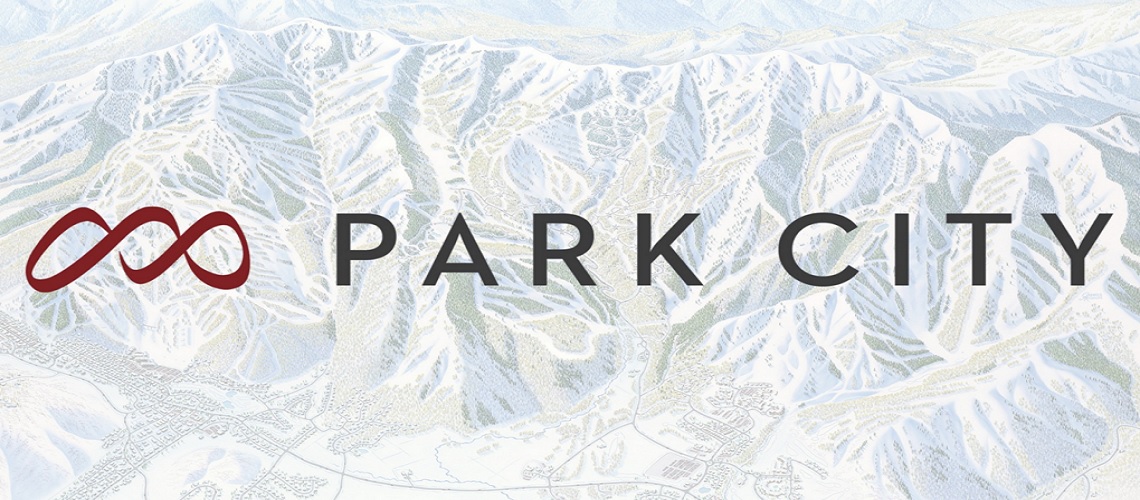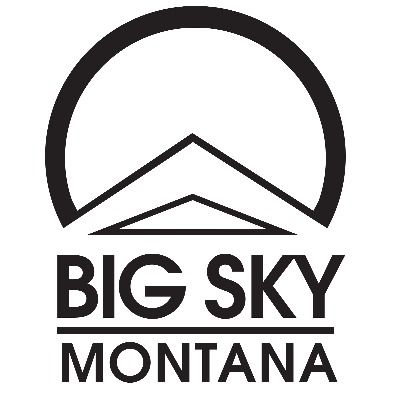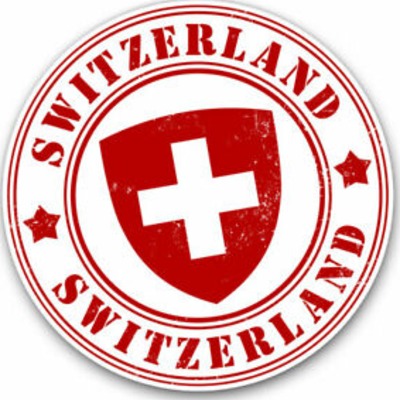Park City Mountain Celebrates Sixty Years Of Ski History

Park City Mountain first opened its slopes on December 21, 1963 as Treasure Mountains. The resort boasted the longest gondola in North America, a double-chair and two J-Bars.
Fast forward sixty years later, Park City Mountain is the largest resort in the United States, with over 7,300 acres of terrain for skiing and snowboarding, 41 lifts, and world-class lodging and dining on-mountain and in our base areas. Naturally – this is the perfect excuse to celebrate.
The Park City Mountain Resort team will celebrate their six decades of world class skiing and riding Feb. 9-11, 2024, with the weekend kicking off with live music, fireworks, and more. You can find the complete schedule of events here.
1963 – 1973: TREASURE MOUNTAINS AND THE SKIER SUBWAY
Local leaders in Park City made a bold decision to redefine Park City's history and place in America, laying the groundwork that would change the area from a fading mining town to a world-class winter sports destination.
Park City Mountain opened its slopes on December 21, 1963, as Treasure Mountains by United Park City Mines. It featured the world’s longest gondola at the time, the Prospector double chair, and Silver King J-bar as well as base and summit lodges.
The mountain’s story began two years prior to its opening when members of United Park City Mines hatched a plan to revitalize Park City’s economy and transform the mining town into a year-round recreation resort.
When Treasure Mountains opened, it boasted the country’s longest gondola. Multi-colored gondola cabins carried four passengers each, two and a half miles up the mountain from the base area at what today is the Mountain Village base area to an angle station near the top of present-day Town Lift, and on to the top of the mountain, where Summit House is now located. The gondola transported thousands of skiers 2,300 feet up the mountain until it was retired in 1997.
Skiing continued to grow in popularity across Utah, and on December 20, 1968, Ski Park City West, another ski area, opened nearby. The new resort featured a Wild West cowboy theme, with chairlifts Tomahawk, Iron Horse and Short Swing. Ski Park City West would later become The Canyons and was based in what’s now Canyons Village.
After several years of running a recreational enterprise, United Park City Mines sold Park City Ski Area in 1971 to Edgar Stern, a real estate developer from Aspen. Stern recruited his good friend, the legendary Stein Ericksen, to promote skiing in Park City.
1973 – 1983: US SKI TEAM AND THE BADAMI YEARS
Park City Ski Area continued to expand and carve its place on the world’s ski stage in the 1970s. The decade saw the arrival of the US Ski Team in Park City to set up their new training center and headquarters. In 1975, Park City Ski Area would change ownership from Edgar Stern to Nick Badami, ushering in a period of growth and transformation that would lay the eventual groundwork for supporting a successful 2002 Salt Lake City Olympic bid.
In 1973, Park City Ski Area expanded its terrain offerings with the installation of its first triple chair, named for the Silver King Consolidated Mine – the first iteration of the current King Con six-person lift. The new lift provided access to intermediate terrain on the west side of King Con Ridge. New runs were cut into the east side of King Con Ridge for athlete training. Edgar Stern and his team focused on supporting the local Alpine racing community, and their efforts helped the US Ski Team make the decision to open a training center in Park City in 1973 and, ultimately, move the Alpine portion of the US Ski Team to Park City in 1974.
Park City Ski Area changed ownership from Edgar Stern to Nick Badami in 1975. Nick and his son Craig would expand and transform Park City Ski Area over the next 19 years. In 1976, Ski Team and Jupiter chairlifts were installed to access more of the mountain’s advanced and expert terrain. Jupiter remains a favorite terrain area to this day. The Badamis also invested in a fleet of snowcats to groom runs, built a snowcat maintenance shed and installed Park City’s first snowmaking system in 1978 to bolster the natural snowpack on the mountain after a few low-snow winters.
To the north, Ski Park City West continued to grow in popularity and with construction of condominiums at the base area. In 1974, the resort was purchased by Jack Roberts and Harold Babcock, who renamed it ParkWest, which it would remain for the next twenty years.
1983 - 1993: AMERICA’S OPENING AND SKIING TO MAIN STREET
The decade between 1983 and 1993 in Park City stands out in many of our fondest — and in some of our saddest — memories. For Park City Ski Area, this decade would bring the FIS World Cup to Park City along with the possibility of skiing to Main Street and riding back to the mountain via Town Lift. This was the decade when our nation watched the Challenger Space Shuttle explosion, and this was the decade when our small mountain town lost Craig Badami in a tragic helicopter accident.
Park City Ski Area made its debut on the world stage, hosting its first FIS World Cup event, the Men’s and Women’s Slalom, on March 19-20, 1985. Park City moved its FIS event to November for the 1986-87 season, re-branding it “America’s Opening” as the first world cup event of the season in America. Park City would continue to host America’s Opening through the 2000-01 season.
The early part of this decade saw the arrival of two more triple chairlifts that have since become iconic and beloved parts of our mountain. Pioneer chair was installed in 1984 and Town Lift in 1985. Town Lift connected Park City Ski Area directly to historic Main Street, giving guests the ability to ski into town and ride back up the mountain. This unique experience remains a beloved Park City tradition.
Tragedy befell the Park City community in late 1989 when Craig Badami, part-owner and vice president of marketing for Park City Ski Area, was killed in a helicopter accident following the FIS World Cup. Mourned across the Park City community, state of Utah and ski industry, Craig was remembered for his loyalty to his friends and community, his dedication to Park City Ski Area and his energetic and creative spirit. The successes of the Park City World Cup races that Craig spearheaded helped solidify Salt Lake City’s bid for the 2002 Olympic Games. Craig’s legacy lives on today in the Mountain Village base area in our iconic eagle statue, dedicated to Craig and his father, Nick, and on the slopes as CB’s Run in Park City Mountain's race arena is named in honor of Craig Badami.
1993 - 2003: TERRAIN EXPANSIONS AND THE 2002 WINTER GAMES
Between 1993 and 2003, as our country headed into a decade marked by technological advancement and prosperity both Park City Ski Area and ParkWest would see significant changes and bring global events to Park City’s doorstep.
In 1994, Nick Badami sold Park City Ski Area to POWDR Corp, a Salt Lake corporation owned by Ian Cumming. POWDR Corp changed the name to Park City Mountain Resort in 1996 and invested in four new high-speed six-seat chairlifts over the next two seasons. Silverlode Express, the resort’s first high-speed six, was installed in 1996 to replace the 4-person Prospector chairlift. Park City’s original 1963 gondola and the existing Payday chairlift were removed in 1997 and replaced with detachable six-seaters Payday Express and Bonanza Express. McConkey’s Express was installed in 1998, providing lift access to McConkey’s Bowl for the first time. The 1996-97 season saw one of Park City’s earliest openings when lifts started spinning on October 26, 1996, which also marked the first season the mountain opened to snowboarding.
ParkWest changed hands twice between 1993 and 2003. Kenny Griswold and Michael Baker bought the area in 1994, renaming it Wolf Mountain, renaming many of the trails after endangered species and investing in infrastructure upgrades. In 1997, Wolf Mountain was purchased by American Skiing Company, which renamed the area The Canyons. American Skiing Company invested heavily in The Canyons, expanding skiable and rideable terrain and adding and upgrading a total of 11 lifts between 1997 and 2003. Red Pine Gondola, Saddleback Express, High Meadow chairlift and Tombstone Express were installed in 1997, significantly expanding terrain to the south. Terrain expansion continued in 1998 with the installation of Ninety Nine 90 Express, followed by Peak 5 in 1999. Lift access to terrain in the area of White Pine Canyon opened in 2000 and 2001 when Dreamscape and Day Break were installed. The Cabriolet was installed in 2000 to improve the guest experience and provide a unique way to transport guests from parking to the main village area, known today as the Canyons Village Forum.
THE 2002 WINTER OLYMPICS
When Salt Lake City won its bid for the 2002 Winter Olympics, Park City was an ideal venue in part due to its long history as host of World Cup events and as the home of the U.S. Ski Team. Park City’s vibrant Main Street also made the town attractive not only for athletic competition, but also as a place for spectators from around the globe to gather for live music and other events.
Park City Mountain Resort hosted the men’s and women’s halfpipe, men’s giant slalom and men’s and women’s snowboard parallel giant slalom events in its Eagle Race Arena. The men’s and women’s halfpipe at Park City was a historic moment for Olympic snowboarding. The 2002 event was the first appearance of a 22-foot halfpipe in the Olympics. Americans Ross Powers, Danny Kass, and Jarret Thomas made Olympic history when they swept the medals in the men’s event while American Kelly Clark won gold in the women’s event.
2003 AND BEYOND
In 2003, Canadian-based Talisker Land Holdings LLC acquired the United Park City Mines company and ownership of the property underlying the Canyons Resort, as well as the upper reaches of PCMR. POWDR Corp ran Park City Mountain for two decades before selling Park City Mountain Resort to Vail Resorts in 2014 which marked the formation of the largest lift-served ski area in the U.S. as The Canyons and Park City Mountain Resort became one and were unified under the name Park City Mountain.
Vail Resorts invested $50 million into capital improvements including the construction of an interconnecting gondola between the two distinct base villages. Completed in late 2015, the Quicksilver Gondola transports guests from the bottom of the Silverlode lift at Park City Mountain Village to the Flat Iron lift at Canyons Village. A midway station atop Pinecone Ridge provided guests with additional skiing access.
In 2019, Park City served as host to the FIS Freeski, Freestyle and Snowboard World Championships – the largest sporting event in Utah since the 2002 Winter Olympics, drawing more than 1,500 athletes, coaches, and thousands of spectators, workers and volunteers. Park City Mountain Resort has served as the host for some of the ski world’s largest sporting events, setting the stage for a 2034 winter Olympic bid.













